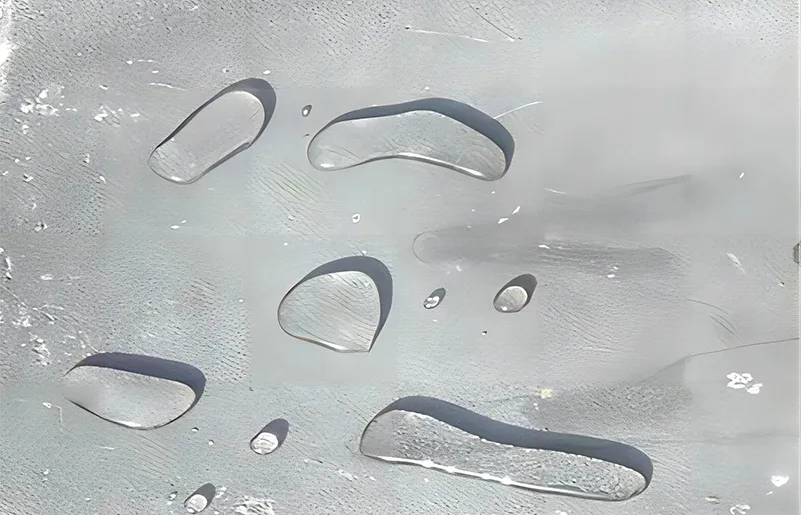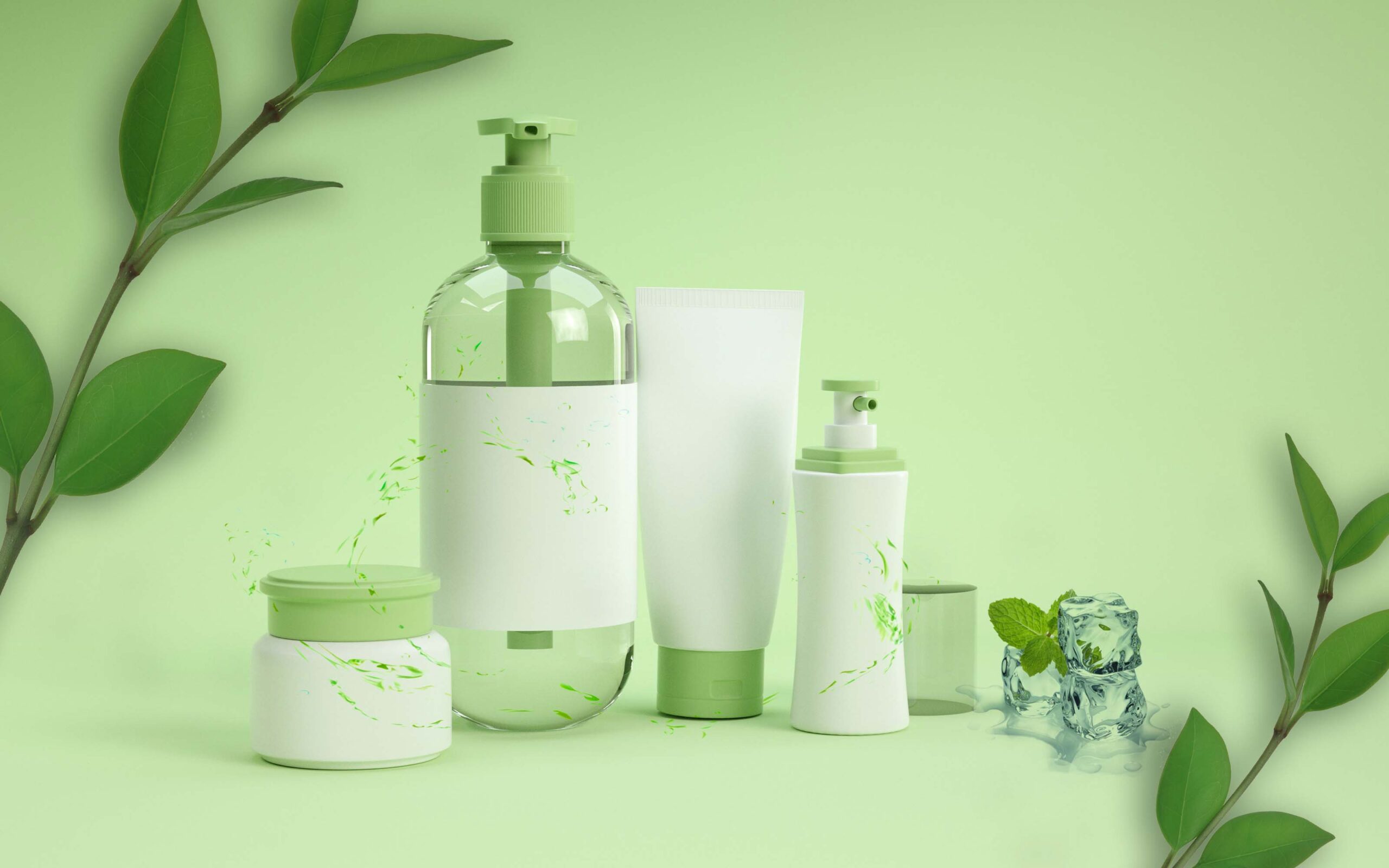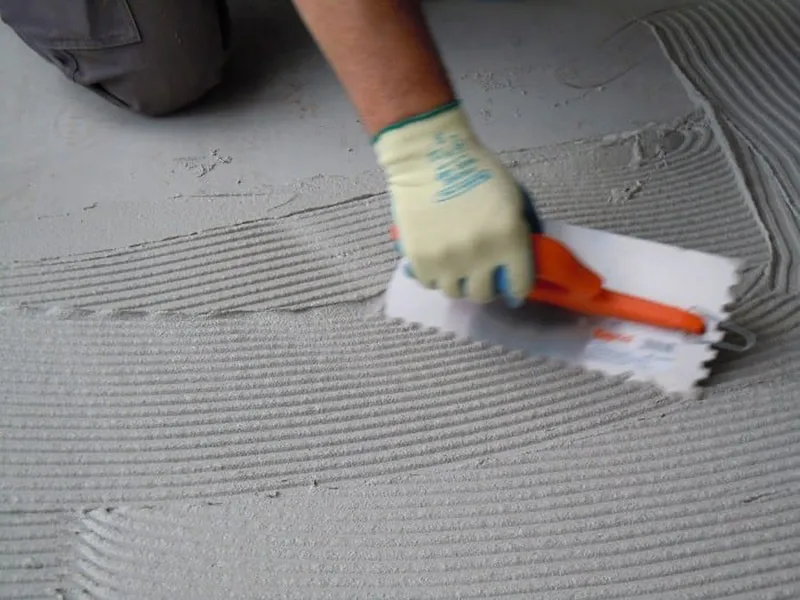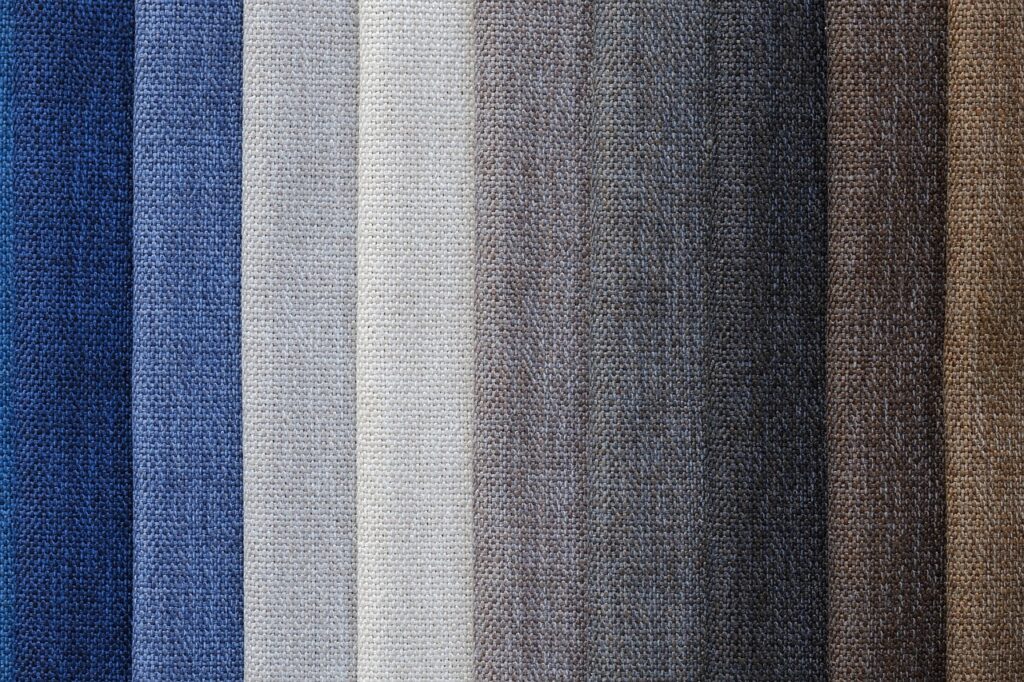
I.What is HEC?
HEC is a non-ionic, water-soluble polymer derived from the natural polymer cellulose and modified through a number of chemical processes. As a multifunctional additive with excellent stability, HEC is used in a wide range of applications in the textile, construction, petroleum and personal care industries.
Basic Properties of HEC
HEC has good water solubility and thickening effects, forming clear, high viscosity solutions in water-based systems. It is stable over a wide pH range, which makes it suitable for use in different textile processes. In textile applications, HEC’s stabilized viscosity ensures the consistency of the dye or paste during processing, while enhancing the feel and appearance of the textile. In addition, HEC’s film-forming properties make it suitable for use as a finishing agent to help improve the feel and abrasion resistance of fabrics.
Key Features of HEC
II. Overview of HEC Uses in the Textile Industry
There is a growing demand for HEC in the textile industry, especially in demanding production environments. HEC provides solutions for a wide range of textile dyestuff blending, finishing aids and sizing.
Market Demand Analysis for HEC
The textile industry has a growing demand for environmentally friendly and functional materials, and HEC is favored for its natural, non-toxic and biodegradable properties. As a green material, HEC can help textile manufacturers realize their green goals and meet global requirements for a low-carbon and sustainable textile industry. In addition, HEC’s versatility gives it great potential in the future textile market, especially in the production of high-end fabrics and functional textiles.
III.Application I: HEC as dyeing and printing thickener
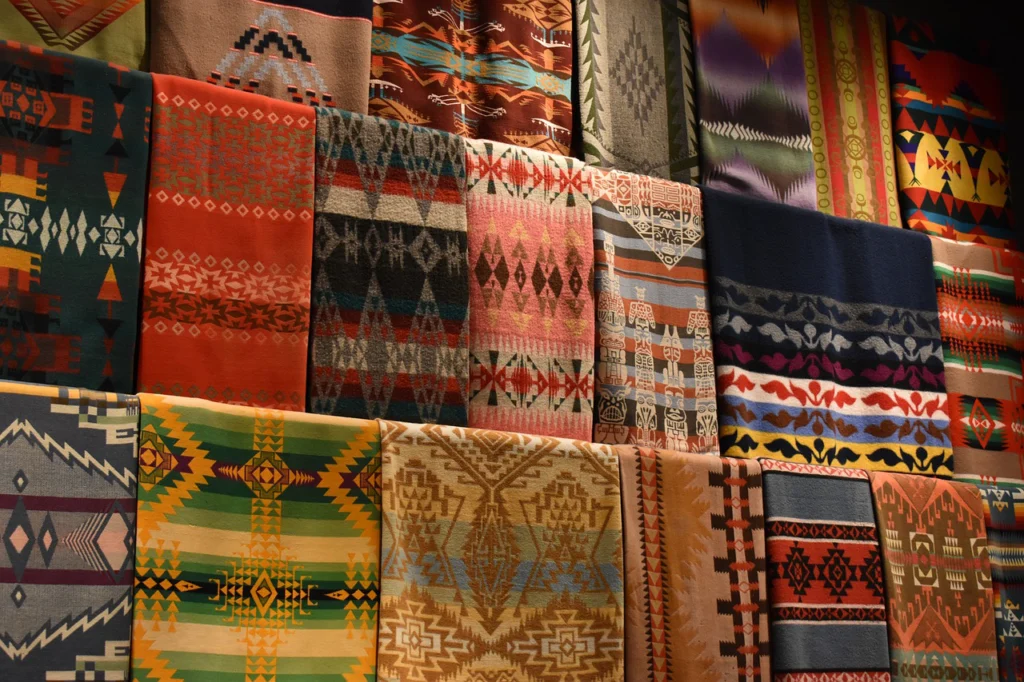
HEC as a dyeing thickener is widely used in the textile industry, especially in textile dyeing and printing process to play an important role in thickening and regulating the rheological properties.
Why choose HEC thickeners
The main advantage of TENESSY® HEC thickeners is their good water solubility and compatibility with a wide range of dyestuffs, which enables the formation of homogeneous high-viscosity solutions in the dyeing system.The thickening properties of HEC can effectively increase the viscosity of dyestuffs and prevent them from flowing and penetrating during processing. In addition, HEC thickeners can significantly improve the brightness and consistency of the color, make the dyeing effect more uniform and bright, and reduce the instability of the dyeing process.
Advantages in printing and dyeing process
In the printing and dyeing process, HEC controls the rheological properties of dyestuffs so that they are evenly distributed during printing and dyeing, avoiding color differences and blotches. the viscosity regulation effect of HEC is particularly important in printing, resulting in clearer print patterns and fuller colors. In addition, the stability of HEC results in higher color fastness of printed and dyed textiles, reducing fading of dyes during washing and daily use, and improving the quality and durability of printed and dyed products.
IV. Application II: HEC in Fiber and Fabric Finishing
As a finishing aid, TENESSY® HEC is mainly used to enhance the feel, appearance and durability of fabrics.

HEC Functions in Textile Finishing Processes
During the textile finishing process, HEC enhances the softness and glossy appearance of fabrics by forming a film, which increases the stain resistance of the fabric surface and reduces the abrasion of the fabric fibers during the washing process. In addition, the protective layer formed by HEC on the surface of fabrics improves wrinkle resistance, allowing textiles to maintain a flat, wrinkle-free appearance after multiple washings.
HEC finishes also regulate the feel of the fabric, making it softer and more comfortable. Ideal for textiles that require a high degree of tactility and gloss, such as silk and high-grade cotton fabrics, HEC finishers can considerably improve fabric quality and appearance, increasing the textile’s entire value.
V. Application III: HEC in Sizing
HEC is also significant in the yarn-sizing process. As a sizing agent, it not only increases the strength of the yarn, but also improves the abrasion resistance and ensures greater stability of the yarn during the weaving process.
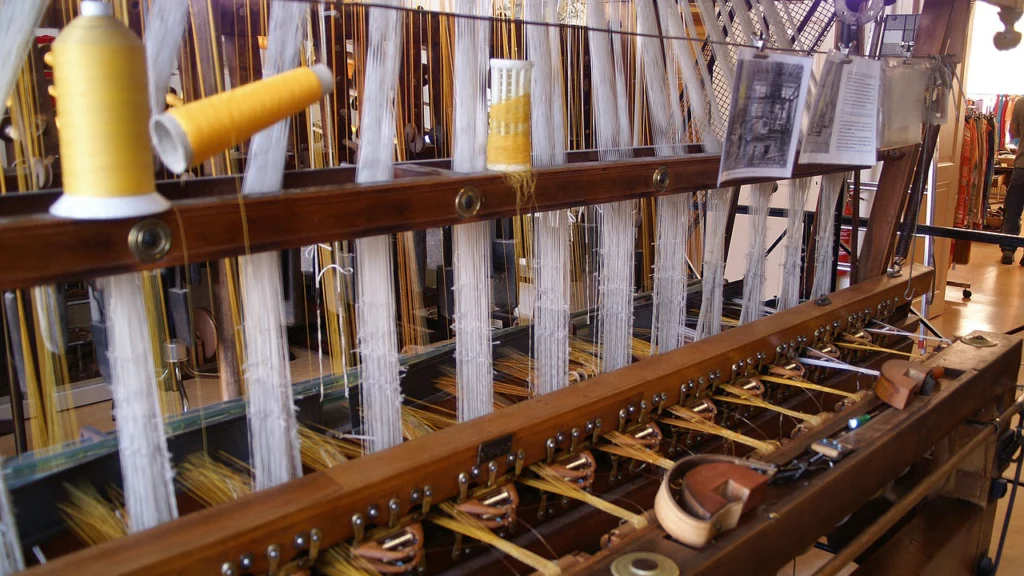
Advantages of HEC as a sizing agent
The advantages of HEC as a sizing agent lie in its efficient thickening and lubricating properties, which reduce friction between yarns, making them less prone to breakage during weaving and minimizing yarn waste during the production process. In addition, HEC acts as a viscosity builder and stabilizer in the sizing process, helping the yarn to maintain its toughness and strength during the weaving process, making it suitable for high-strength and high-density textile production.
HEC sizing agents are particularly suitable for the production of high-quality fabrics such as denim, workwear and other durable textiles. By increasing the abrasion resistance and strength of the yarns, HEC makes these fabrics more durable for everyday use, extending the life of the textile while reducing the need for chemical sizing and lowering the environmental impact.
TENESSY® HEC is well suited for sizing yarns and for sizing and finishing fabric materials. HEC-treated cotton, synthetic fibers or blended fabrics improve their abrasion, dyeing, fire and stain resistance, as well as their shrinkage and wear resistance, especially for synthetic fibers, making them breathable and reducing static electricity. HEC has a thickening effect in printing and dyeing pulp and can be used as a carrier of dyestuff to make the dyestuff better dispersed, which improves the permeability of dyestuff, the limit of pattern, the dyeability of fabric and the firmness of color.
VI. Summary
As a natural cellulose derivative, HEC is in line with the trend of environmental protection and sustainable development. Its non-toxic and biodegradable properties not only reduce environmental pollution, but also meet the demand for sustainable materials in the textile industry. With the global emphasis on green production, HEC is expected to be one of the key options for replacing traditional chemical additives in the future. For textile companies, the use of HEC can help to enhance the environmental image of their brands and meet consumer demand for greener products.
HEC is used in a wide range of applications in the textile industry for its thickening, film-forming and stabilizing properties in a number of important areas such as dyeing and printing thickening, fabric finishing and sizing. By enhancing the quality and environmental friendliness of textiles, HEC offers practical solutions for green production in the textile industry. In the future, HEC will continue to contribute to the sustainable development of the textile industry as a multifunctional and environmentally friendly material.



